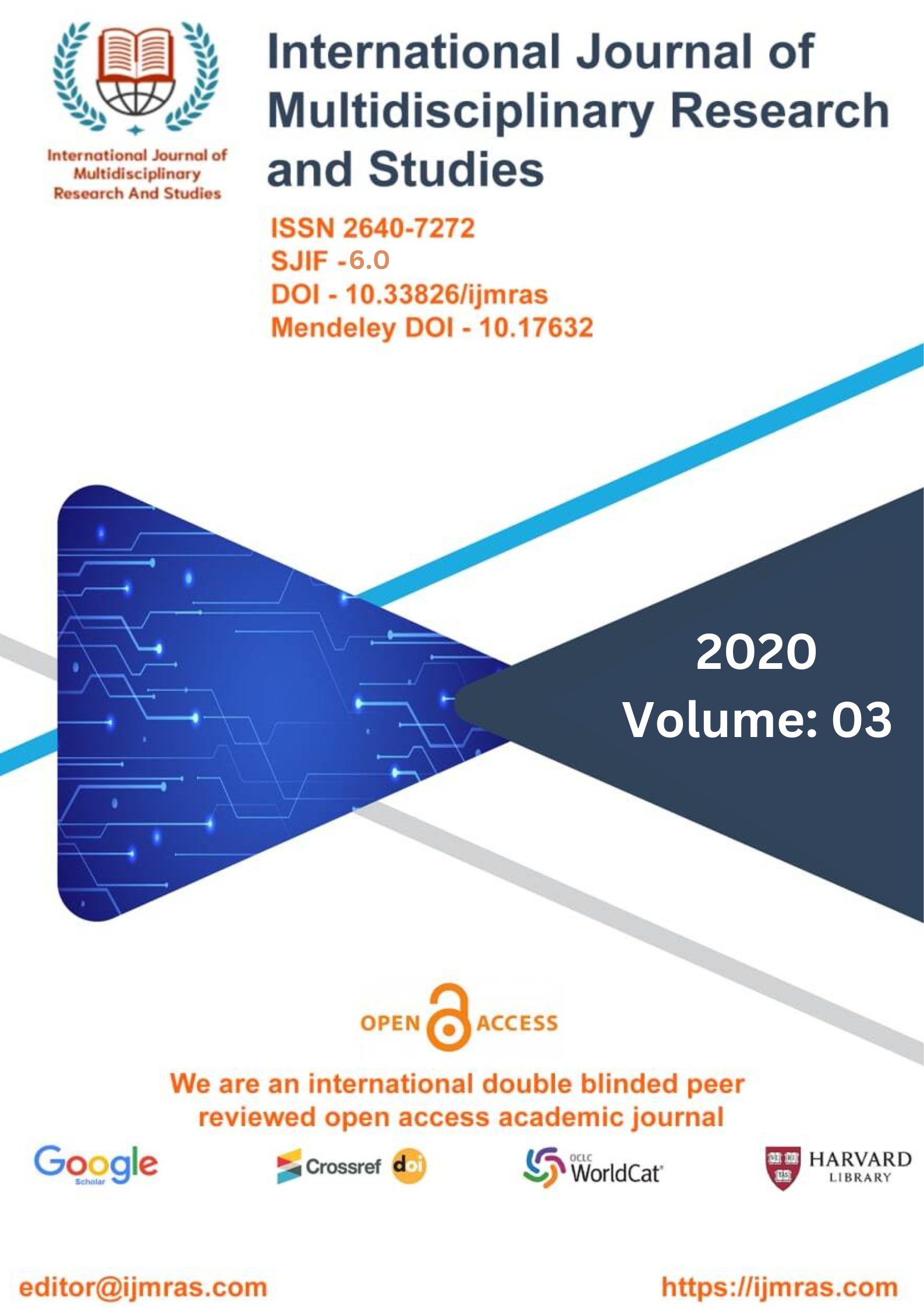A STUDY OF THE USE OF THE MEDICINAL PLANTS IN TRADITIONAL MEDICINE AND THEIR EFFICACY

Abstract
This is especially true in the developing nations of the world. In developing countries, a significant number of sick people utilize both contemporary medicine and traditional medicine in their treatment. Traditional medicines are typically less expensive than their contemporary counterparts, and they are most likely the only natural cures that are both readily available and easily accessible in the rural and isolated populations of poor nations. People who live in rural areas are more likely to take traditional medicines due to their close proximity to traditional healers and the fact that traditional healers understand both the rural residents' culture and the environment in which they live as well as their patients. The pace at which medicinal plants are used across the world has been rising steadily over the past few centuries, particularly in less developed nations. This may largely be ascribed to the fact that medicinal plants are easily accessible, valued and acknowledged by a diverse range of societies, and thought to be free of risk while also being very effective. The estimated prevalence of the usage of medicinal herbs around the globe currently falls somewhere between the ranges of 50 and 95%.
Keywords
Plants, Traditional, Medicine, Nations, PopulatiHow to Cite
References
Aleykutty, S. S., Thushara B. S. and Bindu A. R., (2013), Antioxidant activity, a phenolic and flavonoid content of Wrightia tinctoria leaves. Journal of Pharma. Search. Vol. 8 (3):
Annadurai, A., Elangovan V., Velmurugan S. and Ravikumar R., (2013). Preliminary phytochemical screening and antibacterial activity Cardiospermum halicacabum L. Advances in Applied Science Research, Vol. 4 (5):
Attarde, D. L., Chaudhari B. J., Kale S. S., Bhamber R. S. and Pal S. C., (2010), Pharmacognostical studies on leaflets of Soymida febrifuga Adr. Juss. Family: Meliaceae, Journal of Pharmcy Research, Vol. 3 (10):
Barthlott, W., (1981). Epidermal and seed surface characters of plants. Systematic applicability and evolutionary aspects, Nordic. J. Bot. 1:
Bhaskar, V. H. and Balkrishnan N., (2010). Pharmacognostic studies on Pergularia daemia roots. Informa Healthcare. Vol. 48 (4):
Bigoniya, P., Singh C. S. and Shukla A., (2011). Pharmacognostical and physicochemical standardization of ethnopharmacologically important seeds of Lepidium sativum Linn. and Wrightia tinctoria R. Br. Indian Journal of Natural Products and Resources. Vol. 2 (4):
Blois, M. S., (1958). Antioxidant determinations by the use of a stable free radical. Nature. 181:
Chandak, Raman R., Ipper G. Balaji and Subhash J. Devdhe., (2010). Preliminary phytochemical investigation of extract of leaves of Pergularia daemia Linn. IJPSR. Vol. 1 (1):
Daniel, H., (1991). Methods in plant biochemistry and Economic botany. Kalyani Publication, New Delhi.
Deepan, T., Alekhya V., Saravana umar P. and Dhanaraju M. D., (2012).
Phytochemical and Antimicrobial studies on the leaves extracts of Cardiospermum helicacabum Linn. Advances in Biological Research.
Doss, A. and S. P. Anand., (2013). Evaluation of antioxidant activity of Hygrophila auriculata (Schumach) Heine and Pergularia daemia Linn. Wudpecker Journal of Medicinal plants. Vol. 2 (4):
License
Copyright (c) 2020 SANGEETA PRABHASKAR

This work is licensed under a Creative Commons Attribution 4.0 International License.
Individual articles are published Open Access under the Creative Commons Licence: CC-BY 4.0.



